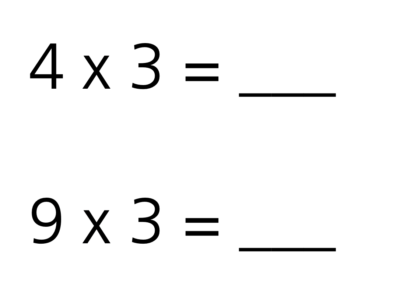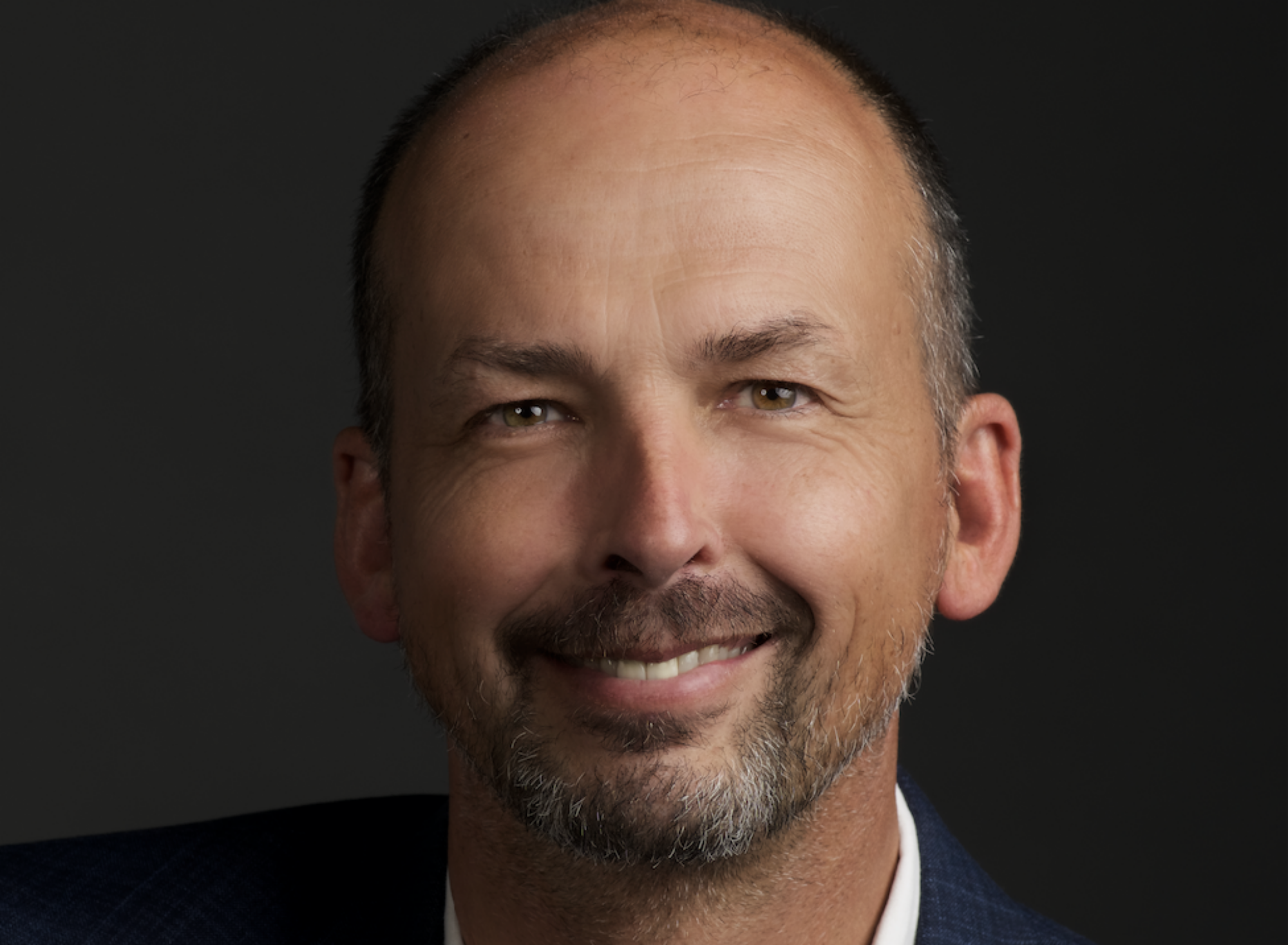
As a kid, I loved math. There was something simple about times tables. I can still see the light green papers used at my elementary school. They were long lists of simple multiplication questions. 4 x 3 = ___. 9 x 3 = ___. Nothing higher than 12. I remember being timed on such tests. Both to completion as well as to see who was the fastest. Something in me loved it. I suppose because I came from a card playing family, those kind of numbers came pretty easy to me.
In math, an “Associative Property” is the one that invites some moving of parts into a different order that still yields the same answer. For example, (2 x 3) x 6 = 2 x (3 x 6).
In my young adult life, I loved psychology. I didn’t have a clear picture of what I would come to study in university. In my family system, I was among the first to get to go to university. I landed in psychology. Because, I think I liked figuring things out beyond the numbers. And of course, I was making sense of a few things in my own experience, trying to understand what it meant to be me, and what it meant to be community. I loved the nuancing of all of that.
In psychology, an “Associative Ability” is the ability see and learn the relationship between unrelated things. It’s an ability to connect things and make meaning from them. It gets interesting here doesn’t it. Not in 5th grade math anymore. In my professional life, Meg Wheatley became one of the best examples of this for me. Her 1992 book “Leadership and the New Science” showed just this kind of associative ability. She connected leadership with such seemingly unrelated topics as biology, physics, and chemistry.
There’s one more layer to this associative journey that I’m learning these days. I have several friends that I would say have fantastic associative ability. Some just know stuff that’s impressive. They connect ideas. We connect ideas together. Or, they are willing to connect ideas in a way that sounds like, “Hmm…, I don’t know if that’s connected. How is that connected for you? Let’s explore it a bit, shall we.”
The most interesting form of this associative journey with friends is very much a deeper psychological, epistemological, and well, spiritual and poetic orientation — everything is connected. Indigenous traditions have been telling us this for, well eons. Science is catching up to slowly change our human collective psyche to stop reducing things down to parts and rather to dwell in inherent wholeness. It takes some work, definitely.
With these friends, with some shared associative ability, and with an orientation to relatedness, one of the things that I’m most appreciating is the radical honesty that grows from associative ability. Psychologically, it just feels more healthy and helpful. Rather than, “…can you believe how narrow that person is…” (the gift of people that trigger us usually points to an unresolved or denied aspect of ourselves — check out yesterday’s post with quotes from Pema Chodron), there is kindness and brilliance in the associative ability of finding that quality, “narrow,” in self. It sounds like, “…yes, I can find the part of me that is narrow and protective….” Or, flip this associative practice to a societally uplifted quality such as brilliance, “…can you believe how brilliant that person is…” starts to sound like, “…yes, I can find the part of me that is brilliant…”
Associative ability that pertains to humans being humans being together means that we’ve really grown the ability to start anywhere and follow it everywhere, with utter relevance always waiting patiently for us at the edges. It’s fun. It’s also enlivening in a way that feels like a lot more than just fun. Those are rich conversations when we go agenda-less, yet through growing associative ability, are so harvest-filled.
I’m glad for math way back when. It gave me a medium to work out some of what churned in my soul as a kid. I didn’t stay with the math side of association — didn’t become an engineer. But I did follow the consciousness and psychological side of association — and became the teacher, guide, community engager, and leadership development person that I am.
And I’m glad for friends, with whom we together learn to see much bigger worlds, both within us and in the outer.



